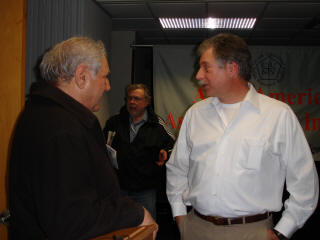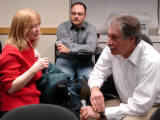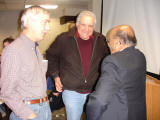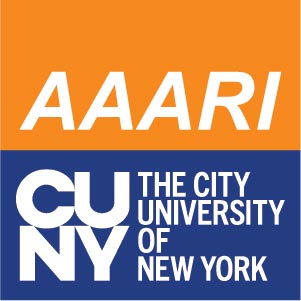
Geologists and seismologists generally agree that earthquakes produce dislocations known as faults and that preexisting faults tend to localize new earthquakes. The bedrock of New York City, always considered to be solid and impervious to seismic activity, is cut by a great number of brittle faults which belong to two contrasting sets oriented NE and NW. These faults dissect the New York City area into large fault-bounded blocks. A “bone of contention” among seismologists and geologists revolves around a perceived lack of evidence that surface ground breaks have accompanied historic bedrock faulting. Many seismologists argue that the faults that structural geologists map in the field experienced offset at great depth with no surface connection and that uplift and erosion have unroofed these structures to the surface. New research from the Queens Tunnel and the Bronx provides the first demonstration of surface deformation in response to faulting in geologically recent (postglacial) time.


This research provides the first evidence for surface deformation in response to faulting in NYC suggesting that ground-breaking rupture and seismic activity can not and certainly should not be ruled out for this region. Because large magnitude earthquakes have struck NYC in 1737, 1783, and 1884, this new data identifies a potential failure surface along which earthquake energy could be released. Given the population, cultural development, infrastructure, and financial investment concentrated in New York City, the specter of a massive earthquake must be considered in revising existing building code designs and emergency preparedness procedures. Unfortunately, despite the scientific community’s pleas for action, severely limited emergency planning exists at the present time. Clearly, this should be changed, as pre-emptive urban seismic planning is an absolute necessity in New York City.
Natural Hazards Revisited

